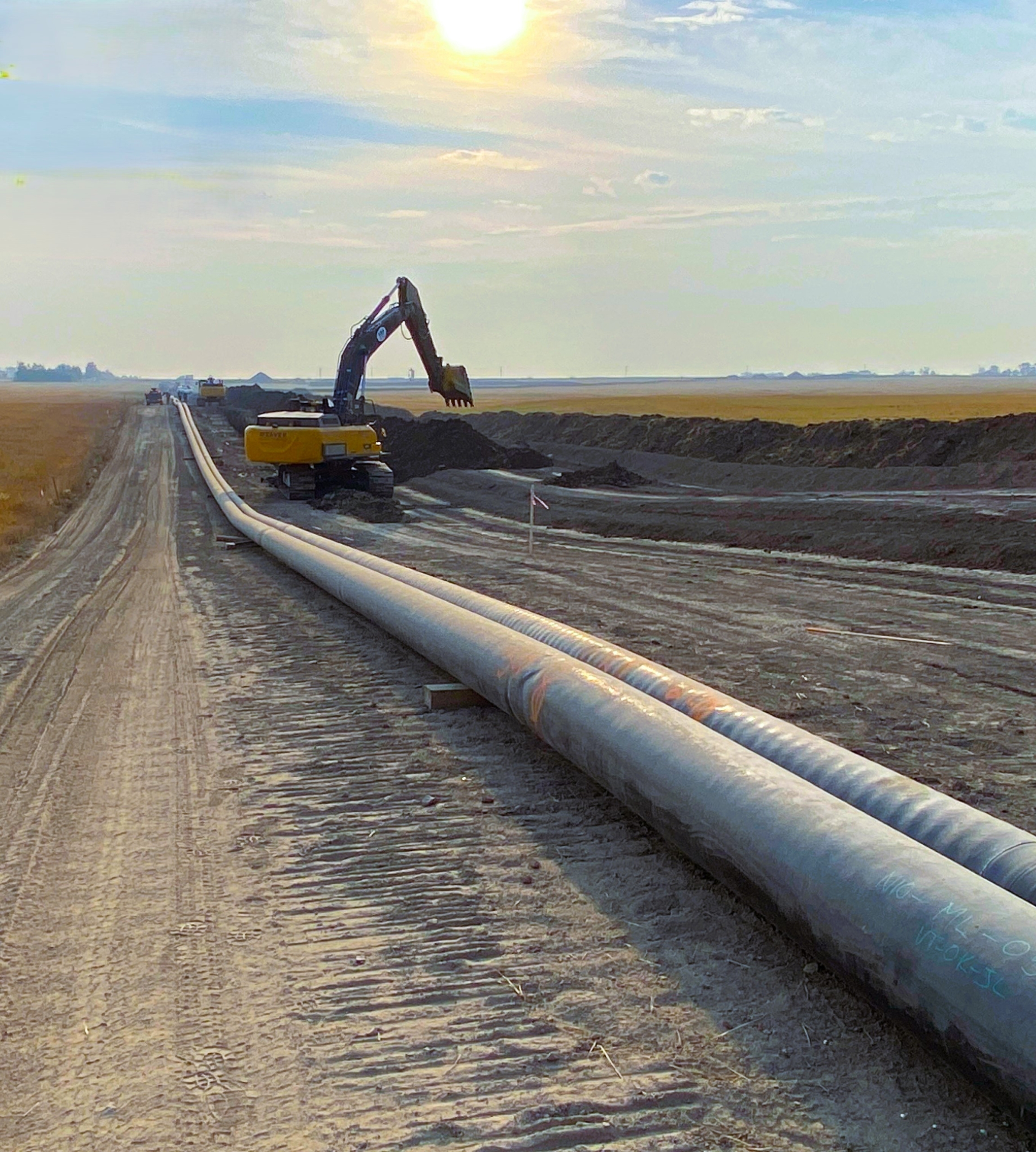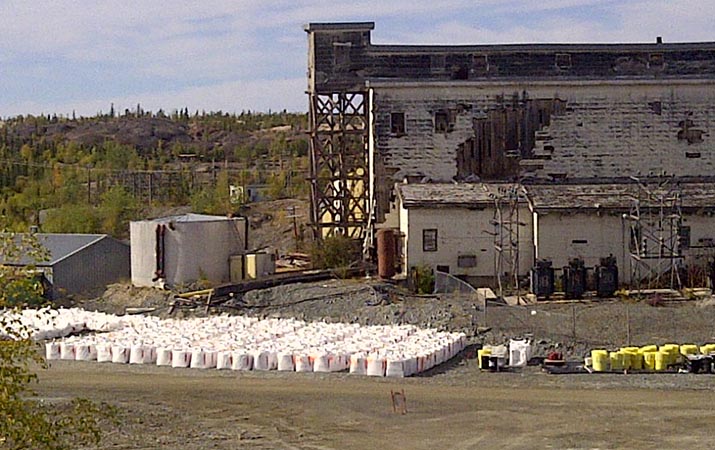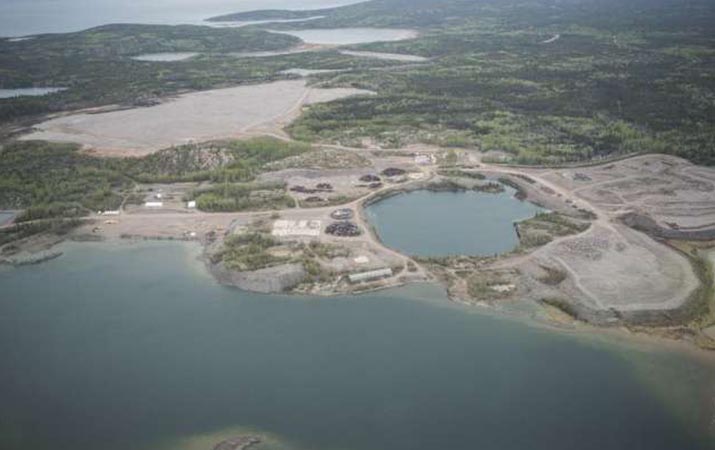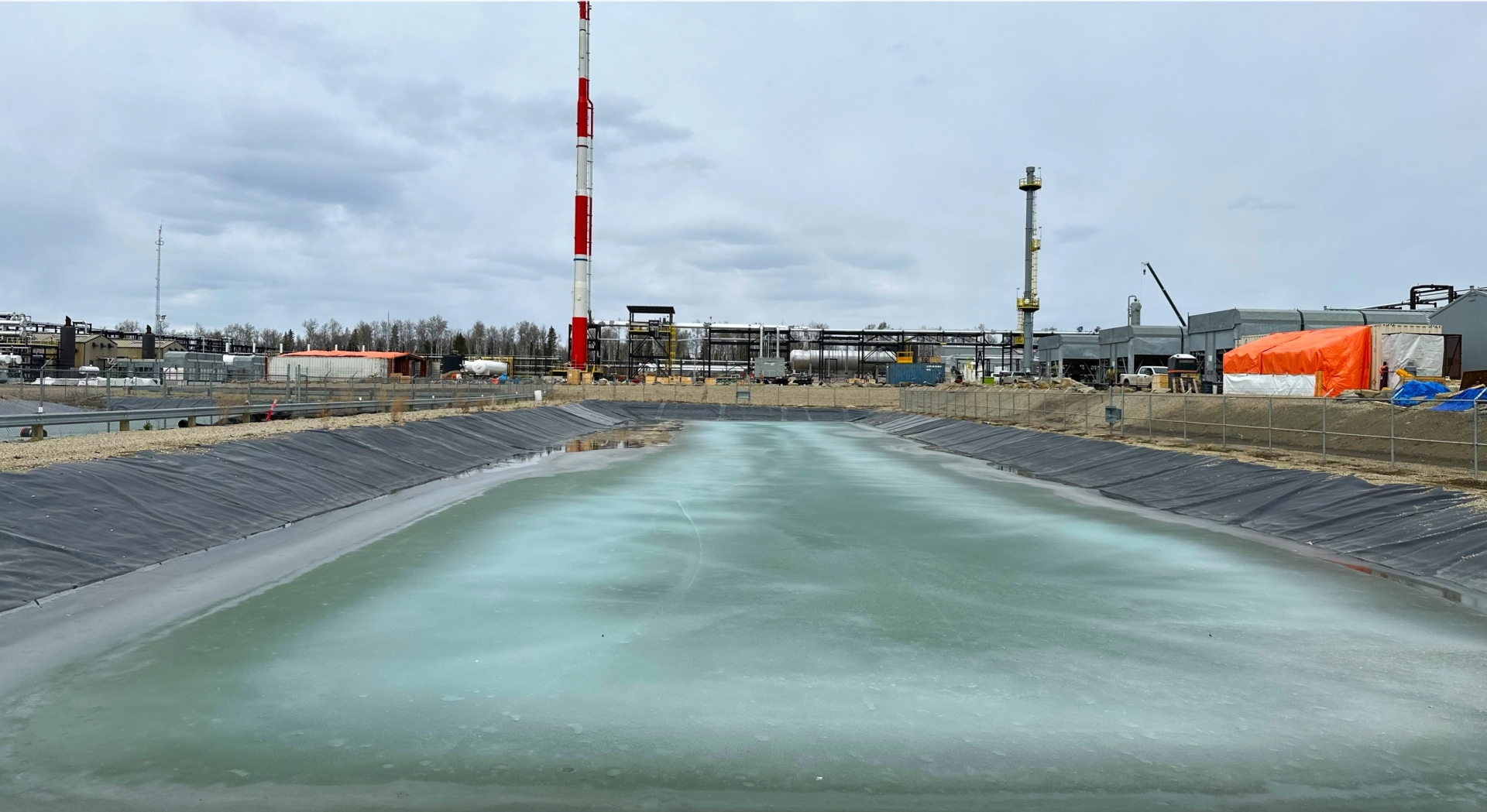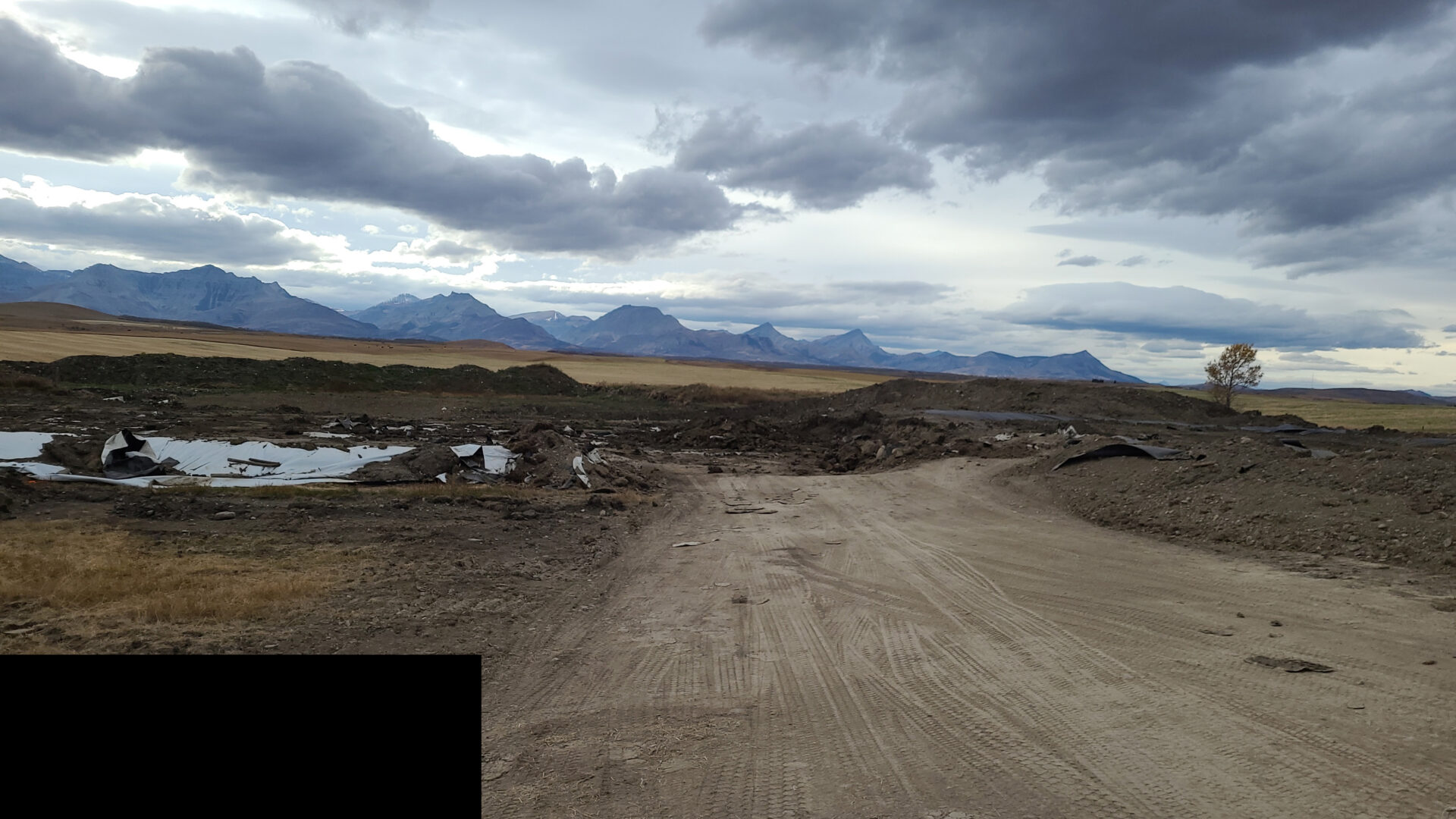This labour market is tighter than a pair of skinny jeans post a Covid19 shutdown! Am I right? Is the tight labour market another consequence of the pandemic? How are Canadian employers coping?
The pandemic triggered unprecedented changes to the labour market. Industries that could operate with remote workers were forced to increase automation and rethink how to keep staff connected and engaged. Less fortunate industries were forced to shut down prompting unemployed workers to reflect on their lifestyles and career choices. The hospitality and tourism industries were especially impacted as staff were forced to endure constant opening and closing cycles. Many seized the opportunity to switch careers creating a lingering talent vacuum for restaurants and several of Canada’s largest airports. In certain cases, older workers opted to leave the workforce entirely or returned to roles that promised a better lifestyle fit or work-life balance. Parents with small children have, in some cases, found that one full-time parent at home is a better solution for their family further reducing the labour pool. Canada halted immigration during the pandemic preventing entry of potentially hundreds of thousands of workers keen to start careers and families. Finally, Alberta witnessed a large exodus of interprovincial workers early in the pandemic, with many eastern Canadians migrating away from oil sands operations which is a critical component of Fort McMurray’s economy. Collectively, this multitude of attitude, industry and migratory shifts have left sizable skills gaps for employers to manage across all industry sectors.
Though some sectors have been harder hit than others, Canadian employers have reported labour shortages in energy, construction, health care, tourism and hospitality, agriculture, education, manufacturing, and science sectors. Coping includes review of internal processes for effectiveness, this can be as simple as reviewing the efficiency and frequency of meetings to larger scale implementation of enterprise resource planning tools to integrate and automate operations. Employers are also becoming more competitive with recruiting and retention using social media, engaging with recruitment firms on a more frequent basis and becoming more creative with benefits including hybrid work schedules, unlimited vacation, pet-friendly workplaces, higher pay, health and wellness programs, fun workplaces, etc. all to lure top candidates from an ever-shallower talent pool. However, the more employers pay, directly or indirectly through benefits, the greater the inflationary pressure on our economy. Whether we are buying groceries, gasoline or a pair of back-to-school jeans, the squeeze on our savings is tangible.
As some areas equilibrate from changes wrought by the pandemic, there are others that have yet to achieve stability. Add in the wave of baby-boomer retirements and the challenges are likely to persist for some time. Recovery will require a collaborative approach and a combination of government-sponsored programs, automation and digital transformation, and creative approaches to employee attraction and retention. And, just like getting back into those skinny jeans, we will need to take it one leg at a time!
Regards,
Janet


